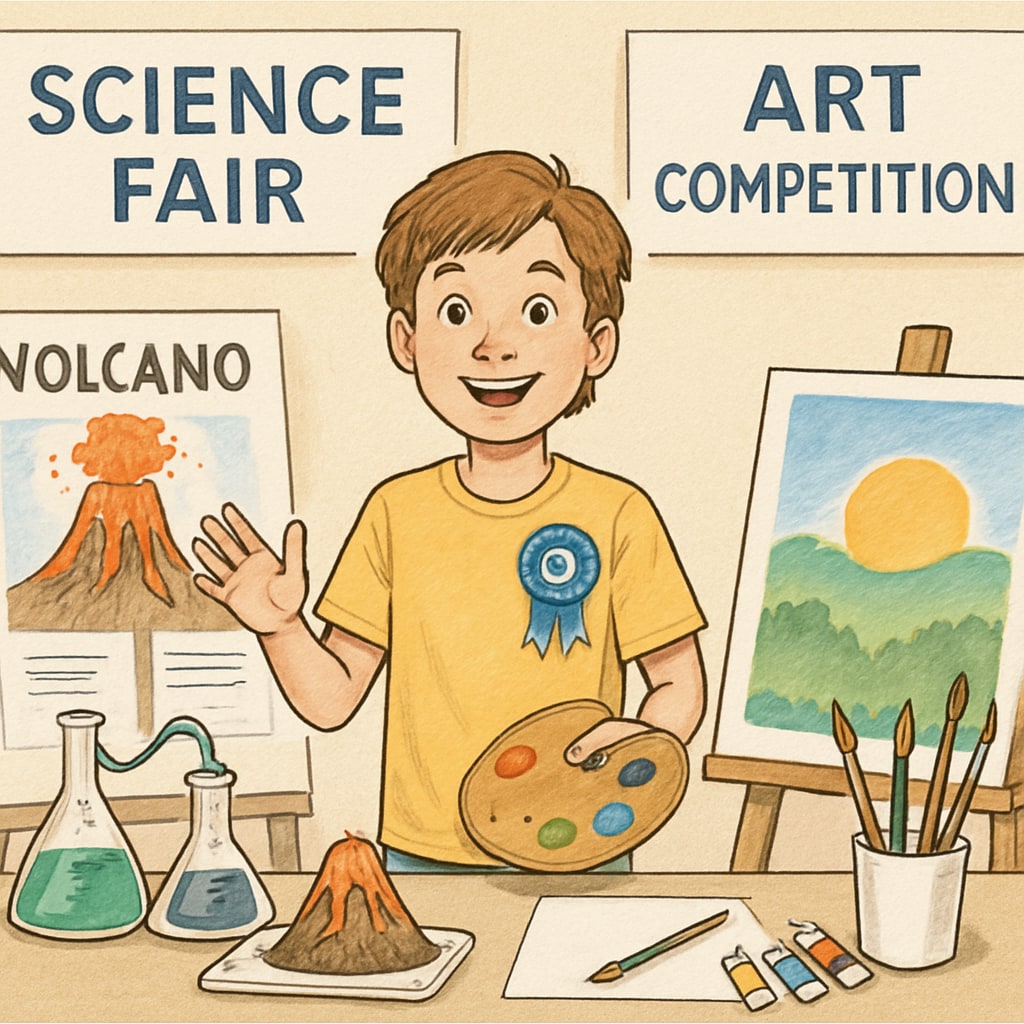When it comes to identifying gifted children, intelligence testing plays a crucial role. Tools like CogAT, WISC, and Stanford-Binet offer valuable insights into children’s cognitive abilities. However, relying solely on standardized tests may overlook the broader dimensions of a child’s gifts. This article delves into the strengths and weaknesses of these popular standardized assessments and advocates for integrating observation and performance-based evaluations to create personalized pathways for gifted development.
Standardized Tests: A Critical Overview
Standardized intelligence tests are widely used to measure cognitive abilities and identify gifted children. Among the most prominent tools are:
- CogAT (Cognitive Abilities Test): CogAT evaluates verbal, quantitative, and non-verbal reasoning skills. It is useful for identifying children with advanced problem-solving abilities, especially in group settings. However, it may not fully capture creativity or emotional intelligence.
- WISC (Wechsler Intelligence Scale for Children): WISC provides a comprehensive IQ score across verbal comprehension, working memory, and processing speed. While highly detailed, it requires individual administration, which can be time-intensive.
- Stanford-Binet Intelligence Scales: This test is known for its precision and ability to measure both high and low extremes of intelligence. However, its complexity makes it less accessible for widespread use.

Limitations of Single-Test Approaches
While standardized tests provide valuable data, they often fail to account for the multifaceted nature of giftedness. For example, a child may excel in creative thinking or emotional intelligence, which are difficult to measure through traditional exams. Additionally, external factors like test anxiety or cultural biases can impact results, leading to underrepresentation of certain gifted children.
As a result, experts recommend complementing standardized testing with alternative evaluation methods, such as:
- Observation-based assessments: Teachers and parents can observe children’s behavior, problem-solving skills, and interpersonal interactions to offer qualitative insights.
- Performance-based evaluations: Projects, competitions, and artistic showcases can highlight areas of giftedness that standardized tests might overlook.

Building a Holistic Evaluation Framework
To truly understand a child’s unique gifts, a holistic evaluation framework is essential. This involves combining standardized test results with qualitative observations and performance-based evaluations. For example, a child who scores high on WISC may also display exceptional creativity in art, suggesting a need for specialized support in both areas.
Additionally, involving parents and educators in the evaluation process can provide deeper insights into the child’s strengths and preferences. By tailoring learning environments and enrichment programs to each child’s needs, we can better nurture their talents and potential.
Conclusion: Beyond Numbers
While CogAT, WISC, and Stanford-Binet remain invaluable tools for assessing gifted children, they are just one piece of the puzzle. By adopting a multidimensional approach to evaluation, including observation and performance-based assessments, we can uncover the full spectrum of a child’s abilities. Ultimately, this will enable educators and parents to craft personalized development plans that allow each child to thrive.
Giftedness is more than a number—it’s a unique combination of talents, creativity, and potential waiting to be unlocked.
Readability guidance: Short paragraphs and lists summarize key points effectively. Transitions like “however” and “as a result” ensure smooth flow. The article avoids long sentences and balances active voice throughout.


